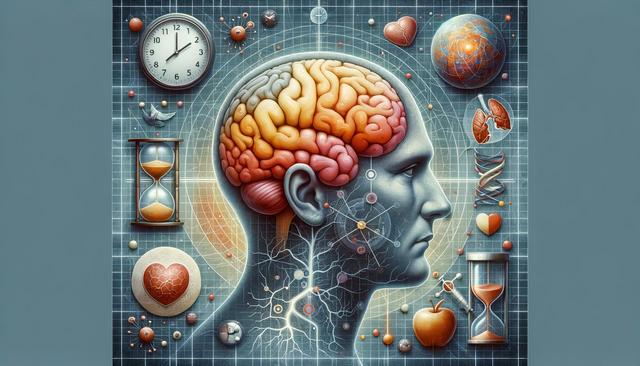Stroke Warning Signs & Causes Explained
Recognizing Stroke Symptoms
Stroke symptoms can vary depending on the individual and the type of stroke, but there are common warning signs that everyone should be aware of. One of the most common symptoms is sudden numbness or weakness in the face, arm, or leg, particularly on one side of the body. This can be accompanied by confusion, difficulty speaking, or understanding speech. Other signs include trouble seeing in one or both eyes, difficulty walking, dizziness, loss of balance or coordination, and a sudden severe headache with no known cause. Recognizing these symptoms early can make a significant difference in treatment outcomes.

Causes of Stroke
Understanding the causes of stroke is essential for prevention. The two main types of strokes are ischemic and hemorrhagic. Ischemic strokes, which account for about 87% of all strokes, occur when a blood clot blocks or narrows an artery leading to the brain. This can be caused by fatty deposits lining the vessel walls, known as atherosclerosis. Hemorrhagic strokes occur when a blood vessel in the brain bursts, leading to bleeding in or around the brain. Factors that increase the risk of stroke include high blood pressure, smoking, diabetes, high cholesterol, obesity, and a sedentary lifestyle.
Risk Factors and Prevention
Several risk factors can increase the likelihood of having a stroke, many of which are related to lifestyle choices. High blood pressure is the most significant risk factor, as it can damage blood vessels and lead to both types of strokes. Smoking is another major risk factor, as it accelerates the development of atherosclerosis and increases blood pressure. Diabetes can also increase the risk by damaging blood vessels over time. To reduce the risk of stroke, it is important to manage these conditions through lifestyle changes and medication where necessary. This includes eating a balanced diet, engaging in regular physical activity, maintaining a healthy weight, and avoiding tobacco use.
Immediate Actions During a Stroke
When a stroke occurs, time is of the essence. Immediate medical attention is crucial to minimize brain damage and improve recovery outcomes. If you suspect someone is having a stroke, use the FAST acronym to remember the key steps:
- Face: Ask the person to smile. Does one side of the face droop?
- Arms: Ask the person to raise both arms. Does one arm drift downward?
- Speech: Ask the person to repeat a simple phrase. Is their speech slurred or strange?
- Time: If you observe any of these signs, call emergency services immediately.
Acting quickly can significantly improve the chances of recovery and reduce the risk of long-term disability.
Long-term Management and Recovery
Recovery from a stroke can be a long and challenging process, often requiring a comprehensive rehabilitation program. This may include physical therapy to regain strength and mobility, occupational therapy to relearn daily tasks, and speech therapy to improve communication skills. Emotional support is also an important aspect of recovery, as many stroke survivors experience changes in mood or mental health. Support groups and counseling can provide valuable assistance during this time. It is important to follow medical advice and attend all follow-up appointments to monitor progress and prevent further complications. With the right support and care, many stroke survivors can lead fulfilling lives.
